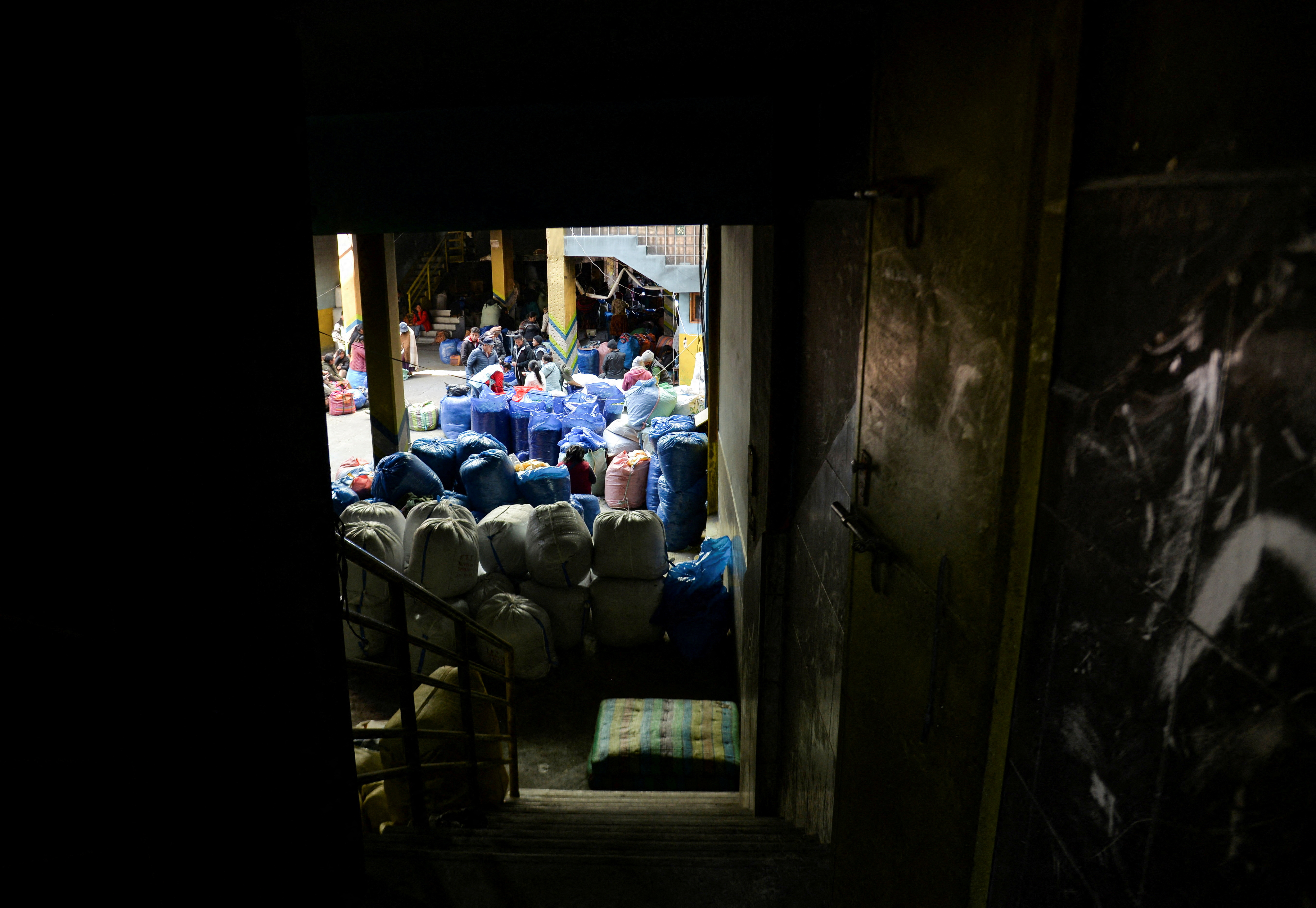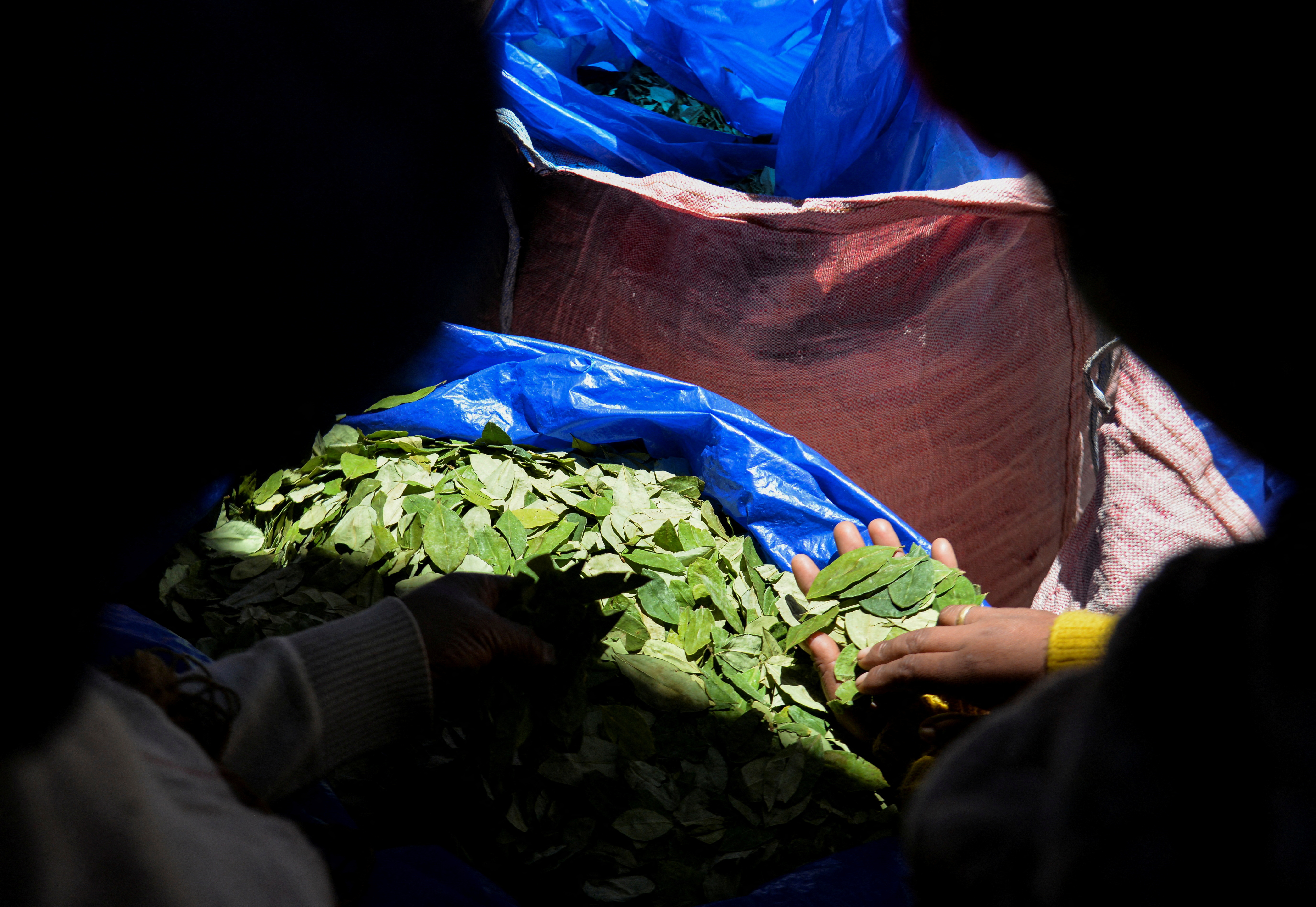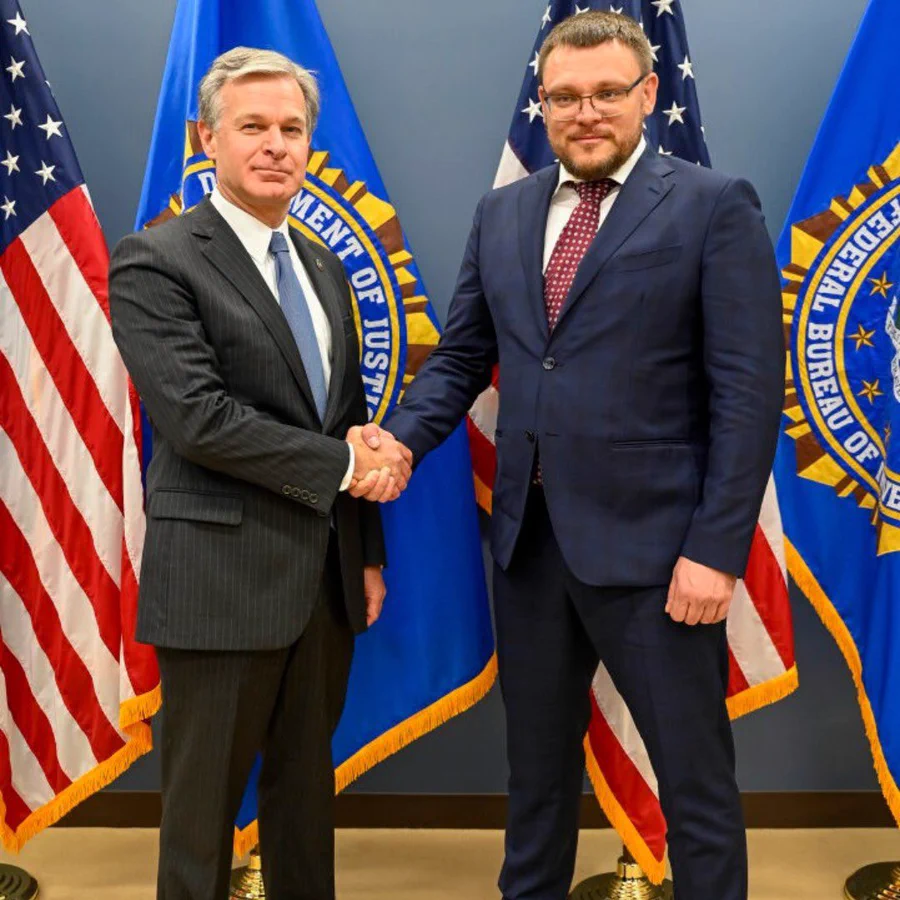
Ukrainian soldiers fire a howitzer at targets in the direction of Bakhmut on the eastern front line on Monday.
As Ukraine pushes slowly forward in its counteroffensive, it’s relying heavily on the effort of hundreds of small-scale assault groups, each tasked with attacking a single trench, tree line or house.
Ukrainian soldiers fire a howitzer at targets in the direction of Bakhmut on the eastern front line on Monday.Credit…
By Marc Santora
Photographs by Tyler Hicks
- Sept. 2, 2023Updated 5:04 a.m. ET
The mission for the Ukrainian unit was to take a single house, in a village that is only a speck on the map but was serving as a stronghold for Russian soldiers.
Andriy, a veteran marine, had waited for three days with his small assault team — none of whom had seen combat before — as other Ukrainian units crawled through minefields, stormed trenches and cleared a path to the farming village of Urozhaine. Finally, one day last month, the order came to move.
They raced to a predetermined location in an armored personnel carrier, and disembarked as explosions and gunfire rattled the ground beneath their feet, Andriy and members of his unit said. Driving out or killing the remaining Russians, they secured the house as night fell, posting guards and reviewing the day’s tactics to see how they might improve.
In the morning, the new order came: Take another house.
The monthslong campaign to breach heavily fortified Russian lines is being conducted in many domains and in many forms of battle, with artillery duels and drone strikes across the breadth of the front in southern Ukraine. But the engine driving the effort are hundreds of small-scale assault groups, often just eight to 10 soldiers, each tasked with attacking a single trench, tree line or house.
In this tactical approach, small villages loom large. They line paved roads, facilitating transport, and the buildings, even those ravaged by shelling, provide a measure of cover. The Russians are using them as strongholds; Urozhaine, for instance, was ringed by two trench lines and a maze of tunnels that allowed Russian troops to shoot in one location, then pop up somewhere else.

Ukrainian marines practice house-to-house combat during training exercises in the region of Vuhledar in August.
It’s a hard way to fight a war — village by village, house by house — with no guarantee of success. Once taken and secured, however, the surviving Russian fortifications provide a base for the Ukrainians to plot their next move forward.
This has been the pattern for Ukraine as it tries to move along two north-south routes toward the Sea of Azov, looking for a place to break through and sever the so-called land bridge between Russia and occupied Crimea.
To the West, Ukrainian forces have been pushing on the path that leads toward Melitopol; having secured the key village of Robotyne, they were fighting fiercely this week at the village of Verbove, the next step in the advance. On Friday, the Ukrainian military said it had pushed three and a half miles beyond Robotyne, and John Kirby, the White House National Security Council spokesman, said Ukraine had made “notable progress” in the preceding 72 hours.
Urozhaine lies on a route farther east, along a small rural road that leads to Mariupol on the southern coast.
The battle over the village would last nine days, with the Russians finally retreating on Aug. 19 under a hail of Ukrainian artillery fire. It was a small but necessary step. As with Robotyne, securing it meant Ukraine’s forces had broken through the Russians’ first layer of defenses. Just as importantly, they have now held it for two weeks.
There are still some 60 miles of hard road ahead for the Ukrainians before they can reach the coast, and at least one more heavily fortified Russian defensive line in their way. The Russians are resisting fiercely, protected by entrenched positions, minefields and air superiority. The marines expect the fight to be bloody and slow.
“Russians have more artillery, more tanks, more drones, and more people,” said a veteran marine named Denis. “And they also fortify very well — whenever they get to somewhere — be it a settlement, a forest belt, or just a field.”
The Ukrainians allowed a team from The New York Times to visit marines fighting on the road to Mariupol on multiple occasions over two weeks in August, on the condition that the journalists not reveal precise locations, soldiers’ full names and ranks, and certain operational details.
Daily success is measured in yards rather than miles. But dozens of these assaults have been raging daily for weeks and, taken together, they are adding up to gains that Ukraine says will pose increasing problems for overstretched Russian forces.
In more than a dozen interviews in recent days, troops engaged in combat voiced great confidence that they can break the Russian lines.
“After the first and the second lines there will be the straight way toward the sea, no more fortifications,” said Maksym, another veteran marine who fought in Urozhaine. “We will move like rockets.”
The marines are fighting on a line that runs south along the T0158, a rural road that winds its way through the Mokri Yali River Valley, where Ukrainians have retaken a series of villages since launching their counteroffensive in June. The next major assault target is Staromlynivka, about 12 miles from where the campaign began.
The Russians are racing in reinforcements to try and stop the advance, Ukrainian soldiers said.
Their description of the battle at Urozhaine was supported by unedited Ukrainian drone footage viewed by The Times. Key details also corresponded with accounts posted on social media by Russian soldiers and bloggers.
Before attacking Russians in a village, Ukrainians fight to control the elevated positions on the flanks, hoping to make the Russian positions untenable and limit the house-to-house fighting.
Each settlement presents many of the same challenges, so the marines map out each assault and drill as much as they can before launching an attack.
“The most important thing is to hold the first street,” Denis said. “Then we send an additional drone that looks at each building. Our soldiers are divided into two groups: the fire group and the maneuver group. The fire group shoots Russians hiding on different floors of the building and then the maneuver group clears it. This is how we move house after house.”
If the assault fails, he said, they call in artillery strikes and destroy the house.
The Russians are also adapting, the marines said, including using new tactics to make the already treacherous minefields even more lethal.
They will lace a pasture filled with mines with a flammable agent, for instance. Once the Ukrainians get to work clearing an opening, the Russians will drop a grenade from a drone, igniting a sea of fire and explosions.
The mining makes control over paved roads essential; they are the safest routes because mines are easier to spot and remove. The Russians know this and have set up defenses along the T0158, with concrete bunkers for machine gunners. Russian drones keep the roads under constant surveillance.
As Denis spoke a few miles from the line of contact, a unit was practicing an assault on a house. There is no shortage of battered buildings to run such drills, so they move locations often.
But Russian drones picked up the gathering of soldiers and fired rockets at them. The soldiers heard the whistle of the incoming rockets and had seconds to dive for cover. They scattered as the Russians unleashed another salvo. A hail of rockets crashed around the marines, but no one was injured.
A few days later, another group was preparing for their next assault along the road to Mariupol. They were among a recent influx of Marines who had completed training in Britain but had yet to experience combat.
A trainer named Vasyl, 53, was running the drills, barking orders as the new soldiers fired live rounds and rocket-propelled grenades for the first time. Time is a luxury they do not have as battles rage, he said, “so we do our best to get them ready as soon as possible.”
A key part of forming a successful assault unit, the soldiers said, was finding the most motivated recruits willing to race into a cauldron of destruction.
Like other Ukrainian outfits, the marines are composed of a mix of career fighters, volunteers and mobilized conscripts. About 70 percent come from the local area — including the occupied city of Mariupol — and soldiers believe that gives them a distinct advantage over an enemy they view as fighting for a paycheck, and holding positions out of fear of punishment for retreating.
As experienced soldiers, Andriy and Maksym, both 35, guided the new recruits.
“Of course we had some losses, not within our platoon, but within the brigade,” Maksym said. “It’s war, you know.”
Still, the marines achieved their objective in Urozhaine and were one small step closer to the sea.
“It’s also important for self-confidence and motivation,” Maksym said. “Many of the guys were new, it was their first fight. And now they know how it is.”
Gaëlle Girbes and Dimitry Yatsenko contributed reporting from the front line.
Marc Santora has been reporting from Ukraine since the beginning of the war with Russia. He was previously based in London as an international news editor focused on breaking news events and earlier the bureau chief for East and Central Europe, based in Warsaw. He has also reported extensively from Iraq and Africa. More about Marc Santora
Tyler Hicks is a senior photographer for The Times. In 2014, he won the Pulitzer Prize for Breaking News Photography for his coverage of the Westgate Mall massacre in Nairobi, Kenya. More about Tyler Hicks
The post A Brutal Path Forward, Village by Village first appeared on The News And Times – thenewsandtimes.com.



 Charlene and Albert share 8-year-old twins, Gabriella and Jacques. Jacques, the elder twin, is heir to the Grimaldis’ throne.
Charlene and Albert share 8-year-old twins, Gabriella and Jacques. Jacques, the elder twin, is heir to the Grimaldis’ throne. As claims that she lives in ‘exile’ and sees Albert only by appointment surfaced, Charlene took part in an awkward show of unity in Corsica. Monaco’s doubters were not assuaged by the photographs.
As claims that she lives in ‘exile’ and sees Albert only by appointment surfaced, Charlene took part in an awkward show of unity in Corsica. Monaco’s doubters were not assuaged by the photographs. “Les Dossiers” name Claude Palmero (left), Albert’s personal wealth manager of more than 22 years as one of those involved in graft. Didier Linotte (right), president of the Supreme Court, is among others named.
“Les Dossiers” name Claude Palmero (left), Albert’s personal wealth manager of more than 22 years as one of those involved in graft. Didier Linotte (right), president of the Supreme Court, is among others named.  Albert’s chief of staff Laurent Anselmi, left, and his lawyer and childhood friend, Thierry Lacoste, round out what French media have dubbed the “G-4.”
Albert’s chief of staff Laurent Anselmi, left, and his lawyer and childhood friend, Thierry Lacoste, round out what French media have dubbed the “G-4.”  The principality of Monaco lies between France and Italy. Smaller than New York’s Central Park it is dominated by “The Rock,” whose pink palace is home to the Grimaldi royals.
The principality of Monaco lies between France and Italy. Smaller than New York’s Central Park it is dominated by “The Rock,” whose pink palace is home to the Grimaldi royals.  A data dump involving hacked information about Albert’s inner circle launched in the fall of 2021. It’s called the “Dossiers du Rocher” but its Wikileaks-style fallout has plunged his court into crisis.
A data dump involving hacked information about Albert’s inner circle launched in the fall of 2021. It’s called the “Dossiers du Rocher” but its Wikileaks-style fallout has plunged his court into crisis.  A young Albert with his father, Prince Rainier, mother Grace Kelly, and sisters Caroline and Stephanie.
A young Albert with his father, Prince Rainier, mother Grace Kelly, and sisters Caroline and Stephanie. Albert and his wife, Princess Charlene, shared an awkward hug after the prince flew to see her in South Africa in August 2021.
Albert and his wife, Princess Charlene, shared an awkward hug after the prince flew to see her in South Africa in August 2021.  Robert Eringer served as Albert’s intelligence advisor from 2002 to 2007 and said he warned him about corruption in his inner circle.
Robert Eringer served as Albert’s intelligence advisor from 2002 to 2007 and said he warned him about corruption in his inner circle.  Princess Charlene at the memorial service for her friend King Goodwill Zwelithini in South Africa in 2021.
Princess Charlene at the memorial service for her friend King Goodwill Zwelithini in South Africa in 2021. Princess Charlene shaved part of her head prior to this Christmas event in Monaco in 2020.
Princess Charlene shaved part of her head prior to this Christmas event in Monaco in 2020. Albert married the former Olympic swimmer Charlene Wittstock in July 2011 in his palace in Monaco: the civil ceremony in the throne room, followed by a religious ceremony in the courtyard. Charlene wept through part of her wedding.
Albert married the former Olympic swimmer Charlene Wittstock in July 2011 in his palace in Monaco: the civil ceremony in the throne room, followed by a religious ceremony in the courtyard. Charlene wept through part of her wedding. Charlene and Albert have long faced questions over the nature of their marriage.
Charlene and Albert have long faced questions over the nature of their marriage. Albert, his one-time lover Nicole Coste (right), his daughter Jazmin Grimaldi (second from left), and his son Alexandre Coste (third from right) celebrated Alexandre’s 20th birthday last month.
Albert, his one-time lover Nicole Coste (right), his daughter Jazmin Grimaldi (second from left), and his son Alexandre Coste (third from right) celebrated Alexandre’s 20th birthday last month.  Albert and his 31-year-old daughter Jazmin in 2020.
Albert and his 31-year-old daughter Jazmin in 2020.








